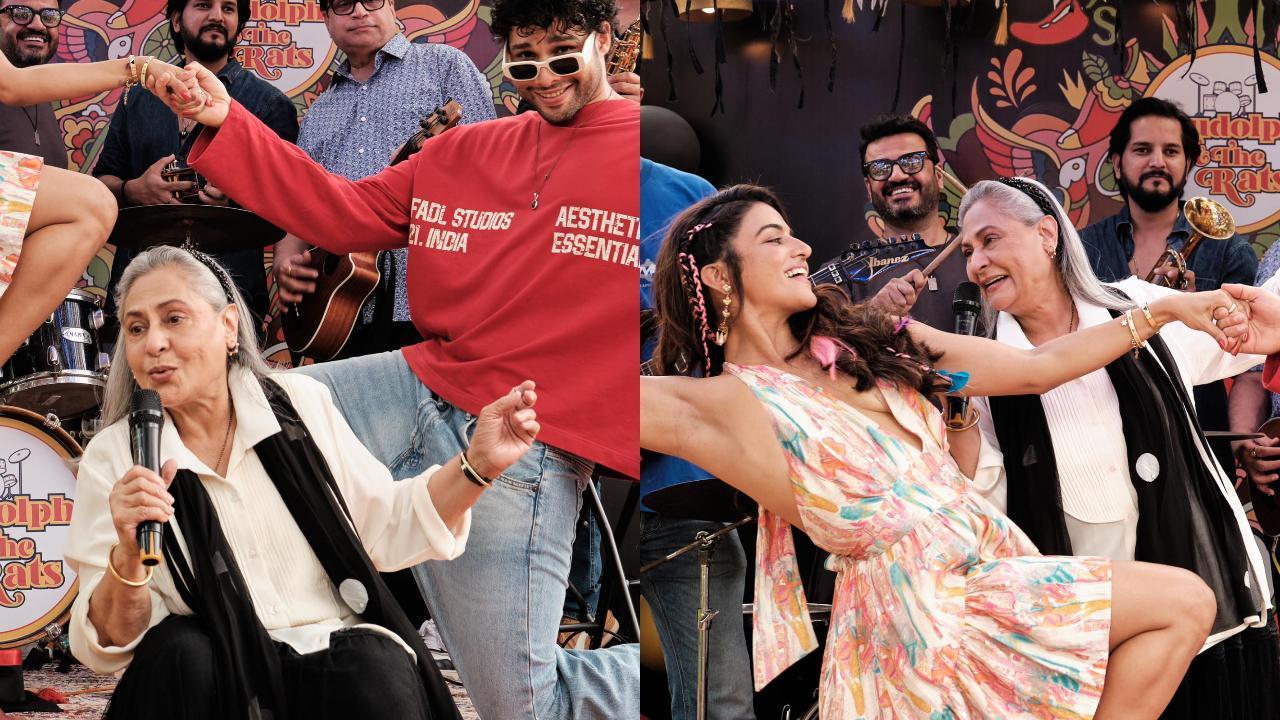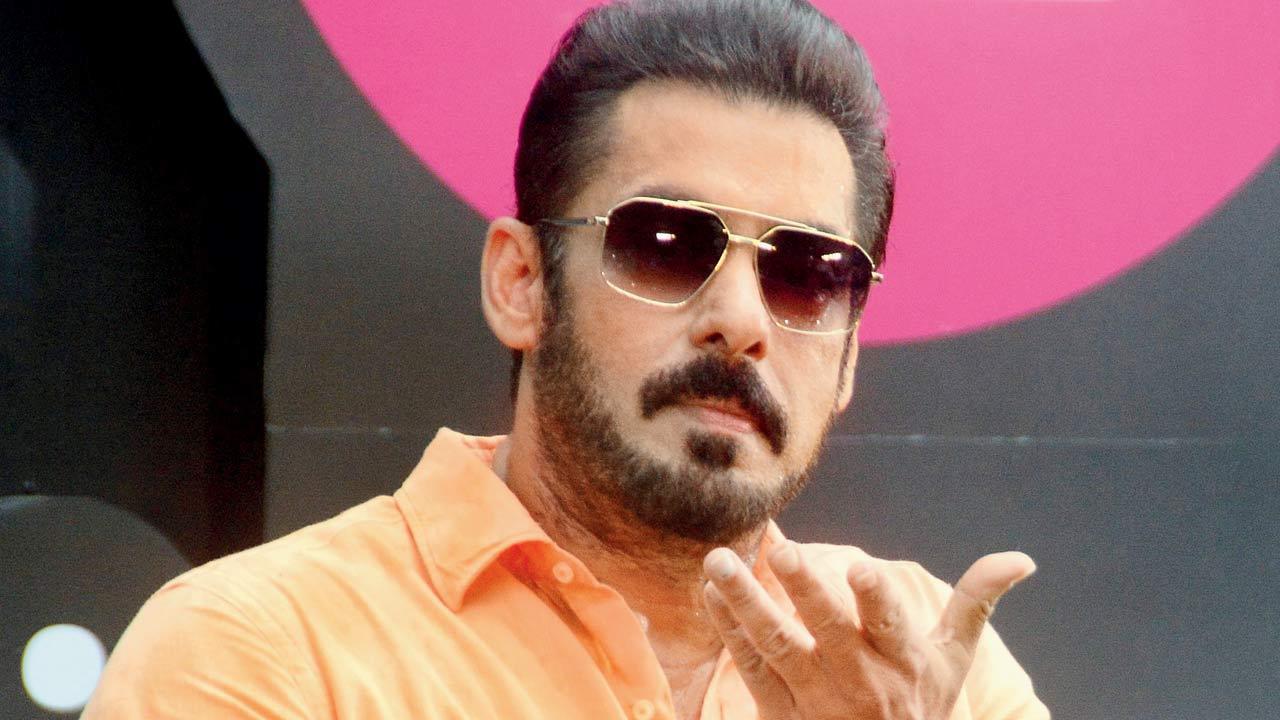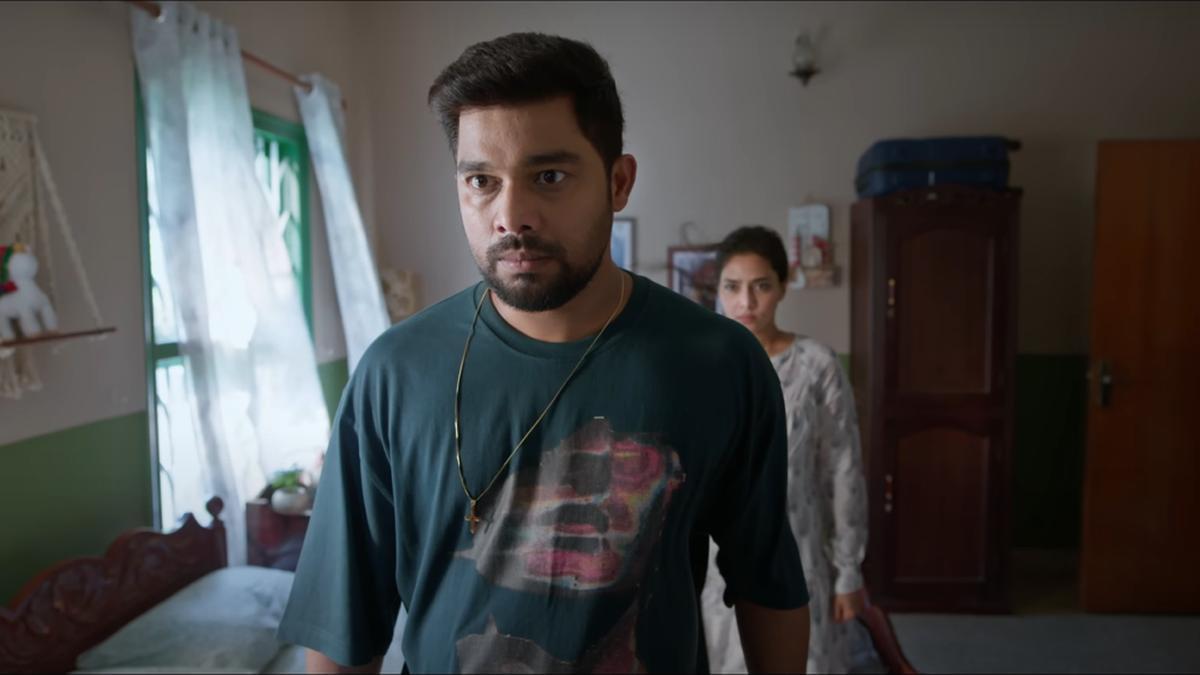
In the fever of election season, Indian cinema has seen the release of a film that delves into the life of Vinayak Damodar Savarkar, a figure whose legacy incites heated debate across the nation. Randeep Hooda takes charge not only as the protagonist but also as the director and co-producer, offering a perspective on a man whose ideological stance shaped the contours of political thought in India. The 178-minute celluloid journey, titled ‘Swatantrya Veer Savarkar’, sways heavily towards the narrative upheld by the right-wing faction, imbibing half-truths and a considerable dose of subjective viewpoint to etch the portrayal of Savarkar as a stalwart of India’s freedom movement, arguably overshadowing other historical narratives.
The film moves with rhetorical emphasis, showcasing Savarkar as a pivotal figure who staunchly believed that an armed revolution was the more efficacious route to Independence than the non-violent approach heralded by Mahatma Gandhi. In constructing this edifice, the filmmakers relegate the Indian National Congress to the role of a strategically manipulative entity, dismissing the contributions and sacrifices of its leaders.
Critically, the storyline strategically omits notable aspects of Savarkar’s life, such as the stipend he received from the British following his release from incarceration or the origins of his honorific title ‘Veer’. Hooda, in his multi-faceted role, adeptly crafts a narrative that leaves both critics and supporters with material for contemplation.
The film does genuinely engage with the revolutionary zeal of the young Savarkar and his documented works, notably on the 1857 uprising, which he deemed the First War of Indian Independence. The sense of national fervor shared among the Savarkar siblings and their contributions to the ideological underpinnings of the Free India Society are brought to the screen with rich detail.
However, it’s the film’s treatment of Savarkar’s communal rhetoric that becomes a subject of contention. Historical events and inclinations that may paint a more divisive portrait are either glossed over or reflexively recreated. This includes a fictional encounter with Bhagat Singh and an absence of any discussion around his childhood episodes that could interpret his view of the 1857 rebellion in communal terms. The film navigates through these aspects, aligning them with a narrative of strategic political pragmatism rather than communal bias, thus curating a specific interpretation of Savarkar’s ideological trajectory.
Savarkar’s vision of India is portrayed as exclusionary, resonant with current political undertones where representation for Muslim communities has seen a decline. Despite depicting the excruciating torture that Savarkar endured in Kala Pani (Cellular Jail), the film chooses not to delve into the transformation that occurred in his appeals for mercy, which evolved in response to changing mainland policies.
The story captures the impact of Savarkar’s ideology on historical figures like Madanlal Dhingra and Subhas Chandra Bose, offering a visual oeuvre of the torments and trials that marked his time at Cellular Jail. It questions hypothetical outcomes if India had pursued a path divergent from Gandhi’s non-violent movement.
Constantly drawing parallels and contrasts between Gandhi and Savarkar, the film subtly prompts the audience to judge their respective visions for India. Yet, in certain moments of candor, the script permits a glimpse into the indignation Savarkar harbored towards Gandhi, driven by a perception of appeasement and pacifism. Conspicuously, the film’s conclusion distances Savarkar from the conspiracy surrounding Gandhi’s assassination.
While the entire cast contributes earnestly, with Ankita Lokhande portraying Savarkar’s wife Yamuna Bai and Amit Sial as his brother Ganesh, it’s Hooda’s portrayal that anchors the narrative. His performance, backed by Arvind Krishna’s cinematography, enables an intimate experience of critical moments in a freedom fighter’s life, juxtaposed against the cinematographic tapestry of Port Blair’s natural allure.
The film’s strength lies in its ability to evoke empathy in scenes such as Savarkar’s release from Ratnagiri jail, where his expectations of a hero’s welcome are dashed. One scene poignantly captures the disillusionment that contributed to his political recalibration when only his brother comes to meet him.
‘Swatantrya Veer Savarkar’ is an ambitious project that seeks to elevate its subject to a pedestal of unwavering patriotism while navigating the intricate lanes of history, nationalism, and ideology. It does so amid the complexities of the subject matter, providing an emotive yet contentious cinematic exploration of one of India’s most debated figures, now currently screening in theaters.










